This page includes articles and references that allow readers to ramp on key Network AI Fundamentals. from concepts to benefits. The topics will be added to over time so check infrequently. Please contact us at anytime for more information.
Introduction
The purpose of “Network AI” Fundamentals is to provide a sequential set of topic briefs that will build on each other, and at end provide the reader with a good ground in what Network AI is, how it works, and its benefit to Network Operations teams and the businesses they support.
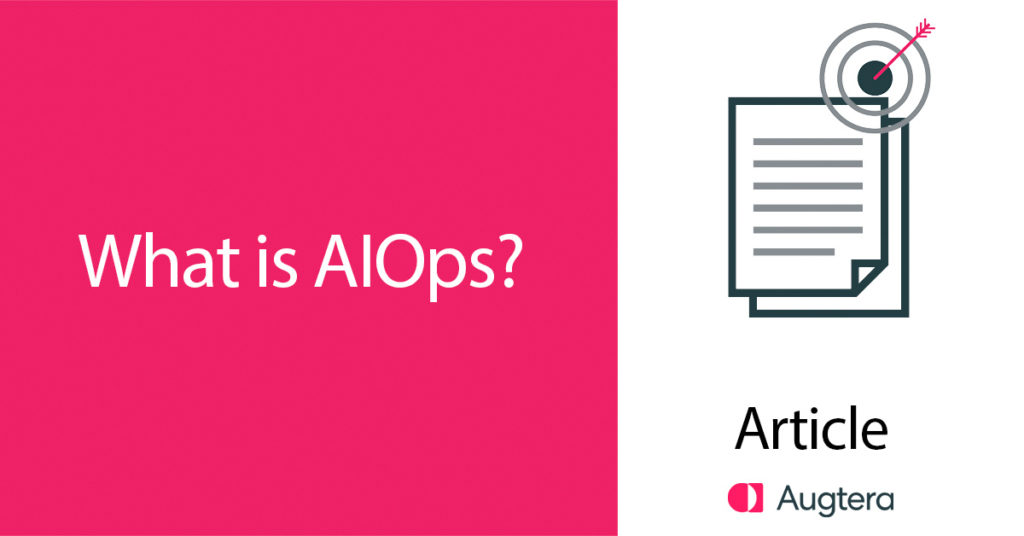
“AIOps combines big data and machine learning to automate IT operations processes, including event correlation, anomaly detection and causality determination.” Gartner. Read more about AIOps here.
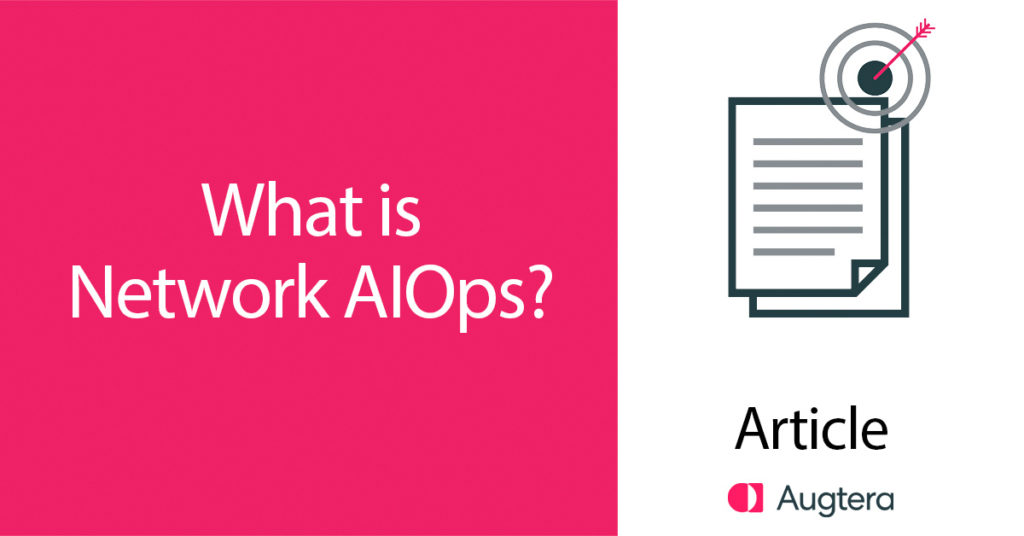
The problem to be solved is not just understanding network-specific protocols. It is also about understanding the constructs in the network and the information makes sense and can be effectively analyzed and contextualized. Read more about Network AIOps here.
AI/ML Basics
Artificial Intelligence and Machine Learning (AI/ML) are complex subjects. The literature, statistics, data science, and concepts can seem daunting. The purpose of this section is to provide some approachable introductory material and demystify the technology so Network Operations, Network Engineering and others can easily understand the difference between the AI/ML perspective and the way many of us have thought about networking for many decades.
Network AI: Data Types & Sources
Network AI must support the data source, type, and collection approaches used in networking. Ingesting, normalizing, and analyzing network-specific data is essential for Network AI.

While SNMP has been around for a long time, it remains a good fit for Network AI because it is structured, hierarchical, and ubiquitous. Read more about SNMP and Network AI.
Network AI: Anomaly Detection

Compared to threshold-based anomaly detection, machine learning anomaly detection reduces noise and enables proactive action.
Read more on the comparison between thresholds and ML algorithms.
Network AI: Eliminating Noise
Network Operations teams are growing in data. Config, Alerts, Metrics, Events, Logs, Flow, Meta-data, and more. Streaming at millions to billions of data points per day. Much more than any human can process in real-time. Getting to good, actionable / actioned events requires eliminating the noise, which also reduces alert fatigue. The articles in this section discuss some of the ways to reduce noise.

Noise Elimination in Network AI puts key decisions in the hand of the customer. These decisions impact how anomaly and incident noise is eliminated, and reflect what is considered operationally relevant by each network operations team. Read more here.

Alert storms contribute to alert fatigue and other problems that challenge network operations. It is critical that unnecessary alert storms be eliminated. Read how Network AI eliminates Equipment / Network failure and Maintenance alert storms.
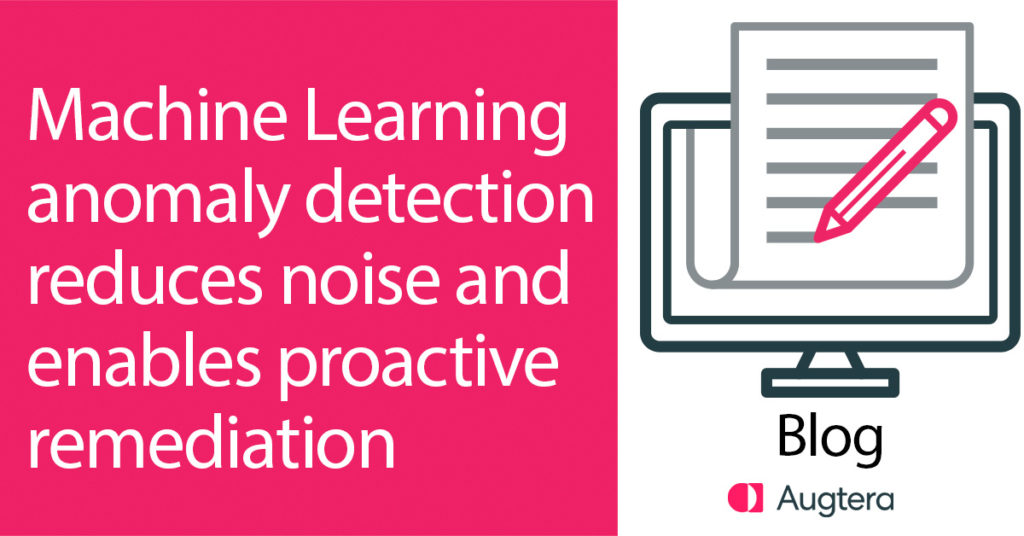
Compared to threshold-based anomaly detection, machine learning anomaly detection reduces noise and enables proactive action. Read more about the advantages of AI/ML algorithms compared to thresholds.
Network AI and Log Data
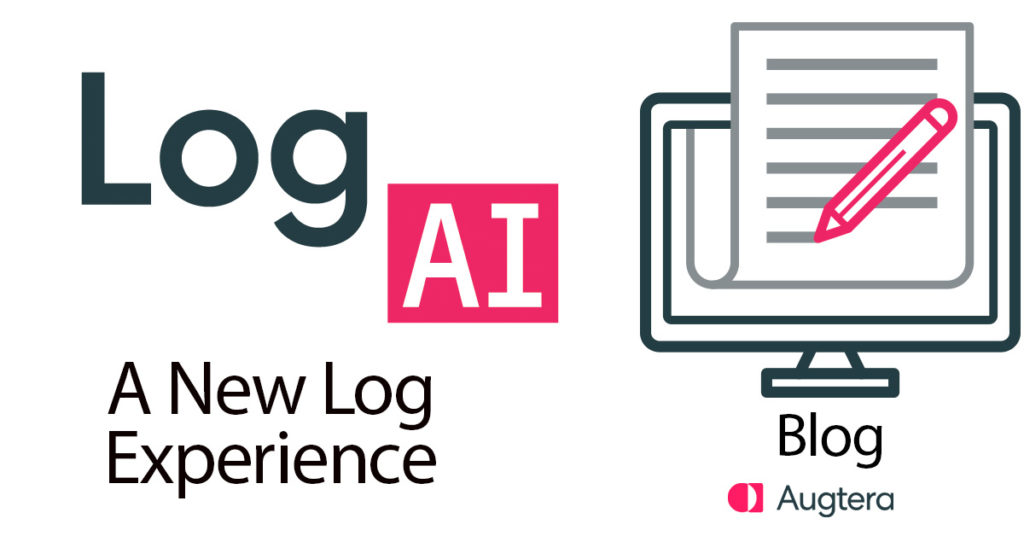
Read the LogAI announcement blog, a totally new experience. See more the known knowns, and unknown unknowns. Detect rate bursts. Extract metrics. Perform either structured queries or regex. Integrate with ServiceNow and more. Automated, real-time Network AI for any Network Operations log data.
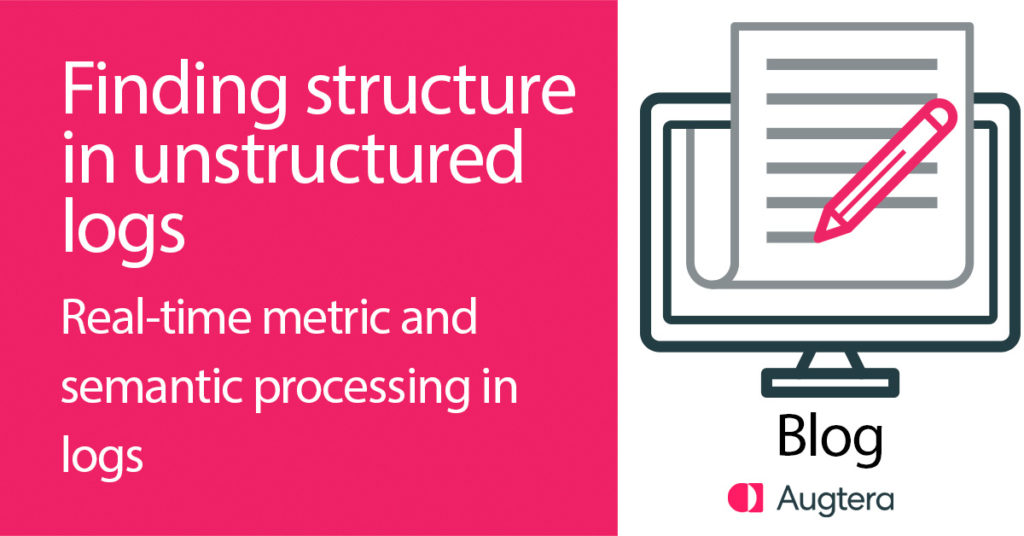
There is growing talk about the need for structured logs. Proponents promote benefits such as ease of querying. Today, there are many sources of unstructured data that are a wealth of valuable information to network operations teams. In this blog we discuss some of the ways Augtera’s Network AI finds and uses structure, in unstructured logs.
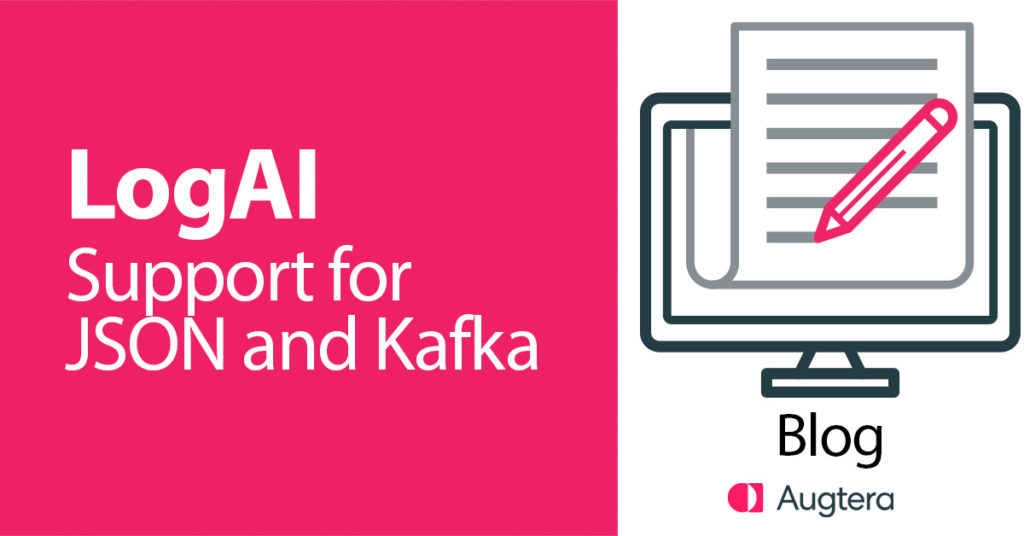
The great tension in log records is optimizing for both human and machine readability which is why some have turned to JSON logs. In this blog, we discuss our recent announcement of support for JSON and Kafka, and the many use cases supported by LogAI. Read our blog for more information.
Use Cases

How an organization uses Augtera machine learning to proactively detect environmental degradation before they adversely impact service. Read here.
Network AI: Autonomous Networks

AI/ML is going to make significant contributions to fidelity, prevention, and sustainability. The first significant beneficiaries may be network operations, as we think of network operations today. The ultimate win though, may be for autonomous networks. Read the blog here.
Conclusion
If you have had a chance to glance and/or read through the above articles we hope you have enjoyed them. If there is any more information you would like to know about Network AI, please connect with us.

